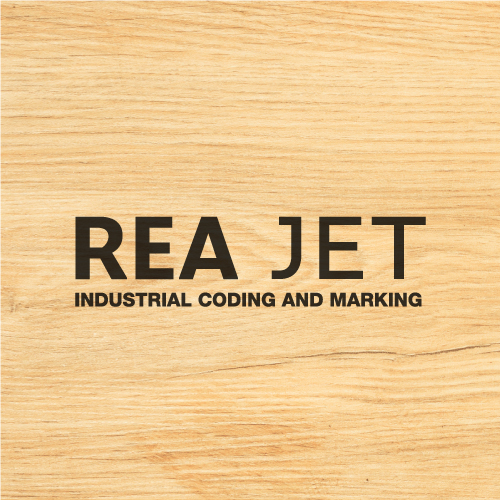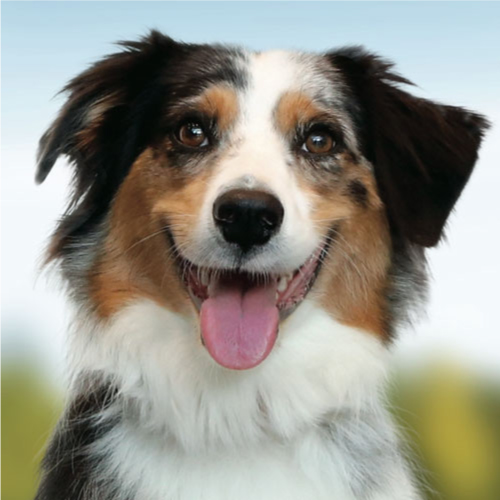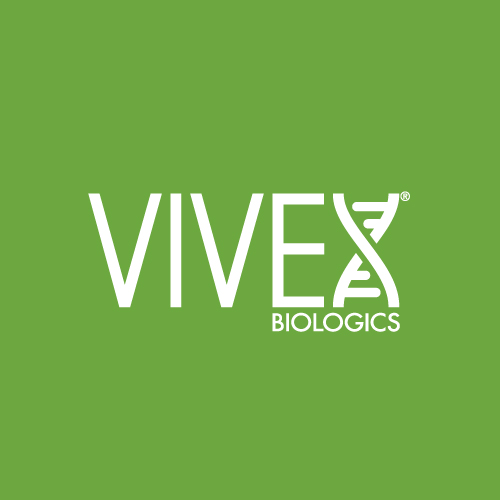
Graphic Design for Print
Graphic design for print is all about creating eye-catching materials like brochures, business cards, and posters – things that you can literally hold in your hand, unlike purely digital designs.
Whether you’re promoting something new or just want to strengthen your brand, it’s important to follow good design practices.
Based in Atlanta not far from West Paces Ferry, we love mixing creativity with the right techniques to make your print materials stand out.
What Are the Best Practices for Graphic Design in Print Media?
When designing for print, there are some key practices that help make your materials both attractive and effective.
Here’s what to keep in mind:
1. High-Quality Images
Print media needs sharp, clear images.
Always use images with a resolution of at least 300 DPI (dots per inch) so they look good on paper and don’t appear blurry.
2. Color Mode
Use CMYK color mode, which is what printers use to mix colors.
This way, the colors on your design will look the same when printed as they do on your screen.
3. Typography
Typography is about choosing the right fonts.
Make sure your text is easy to read and that the same fonts are used throughout your design.
Pay attention to the spacing between letters and lines so the text looks neat.
4. Bleed and Trim
Include a bleed area, which is a small extra space around your design.
This space will be cut off after printing, making sure your design goes all the way to the edge of the paper.
5. Paper Quality
The type of paper you choose can make a big difference in how your design looks and feels.
Think about whether you want the paper to be smooth or rough, thick or thin, shiny or not.
What Are the Essential Elements of Print Graphic Design?
Understanding the key parts of print graphic design helps create materials that are both good-looking and useful.
These parts are the building blocks of any great print design.
1. Layout and Composition
The layout is like the skeleton of your design.
A well-organized layout makes sure all the parts of your design are in the right place and look good together.
Use grids to keep everything lined up and in balance.
2. Color Scheme
A color scheme is a group of colors that work well together.
Choose colors that match your brand and use them throughout your design.
Colors can help draw attention to important parts of your design and set the right mood.
3. Visual Hierarchy
Visual hierarchy is how you arrange things in your design so that the most important parts stand out first.
Use different sizes, colors, and positions to show what’s most important.
Headlines should be bigger and bolder than other text to guide the reader’s eye.
4. White Space
White space is the empty area around the design elements.
It helps keep your design from looking too crowded and makes it easier to read.
Using white space well can make your print material look clean and simple.
5. Brand Consistency
Keeping things consistent means using the same colors, fonts, and logos in all your printed materials.
This helps people recognize your brand and trust it.
At the End of the Day
At MOCK, the agency, we believe that great print design is about making sure your branding is strong and clear in everything you do.
With these tips in mind, we’re here to help you create print materials that not only look amazing but also work hard for your brand.
Whether it’s a small flyer or a big brochure, our team near West Paces Ferry is ready to bring your ideas to life with care and style.






